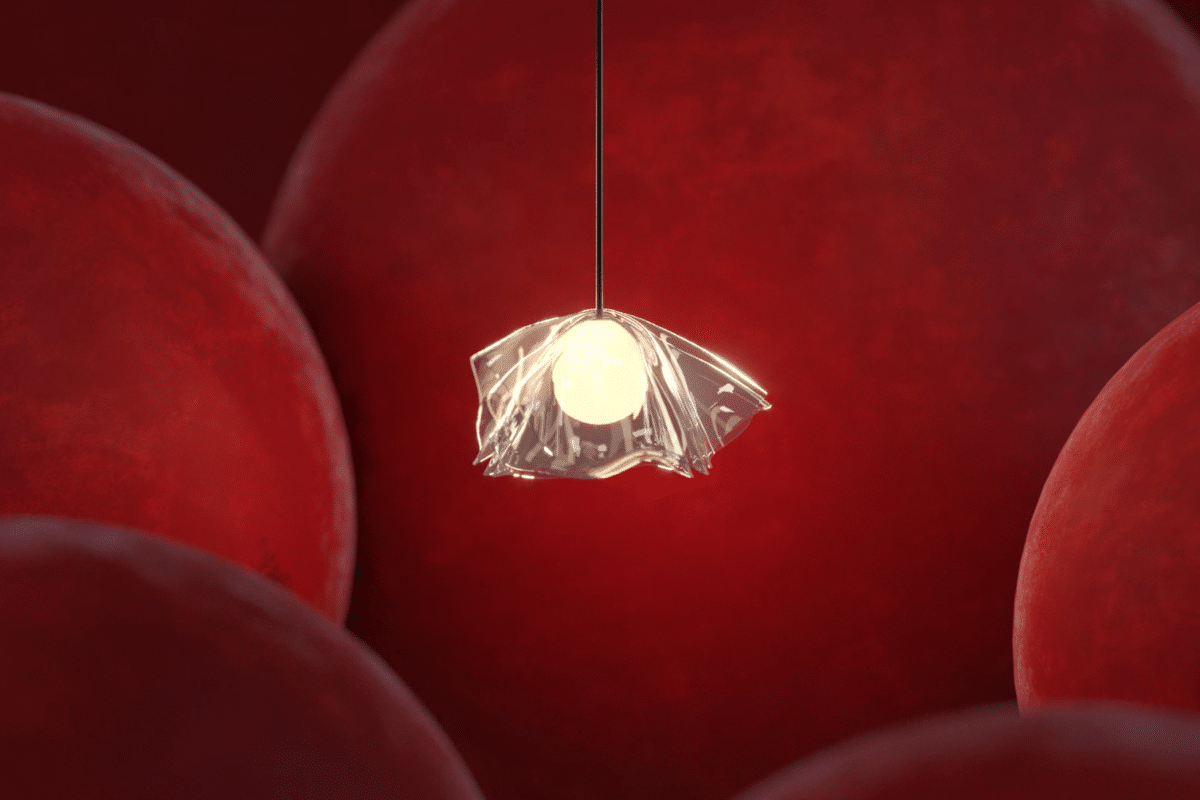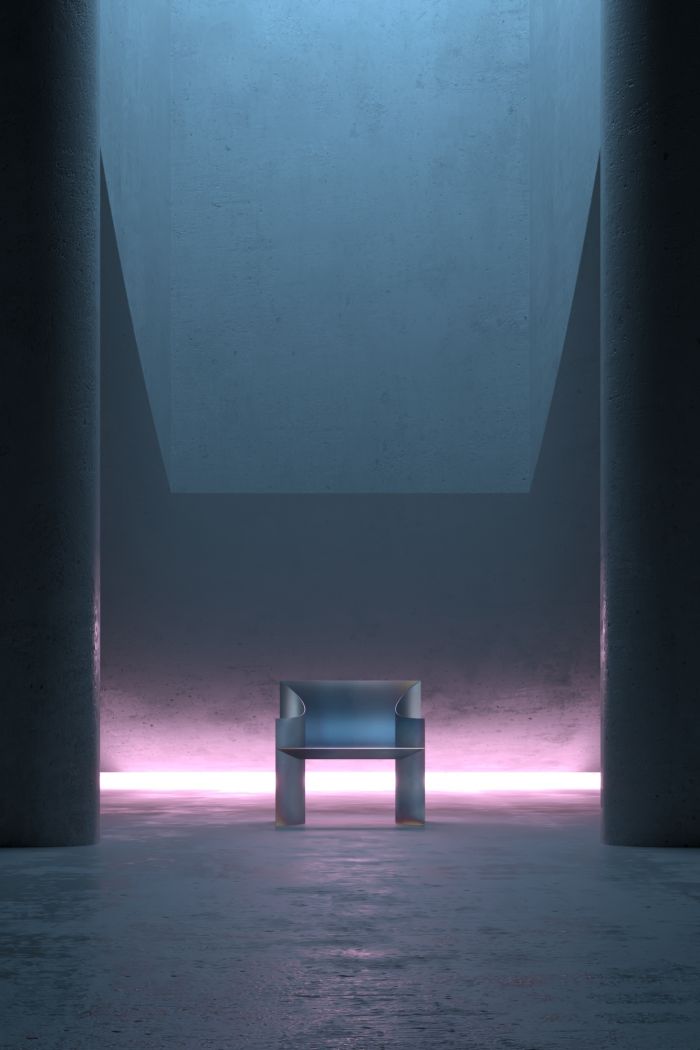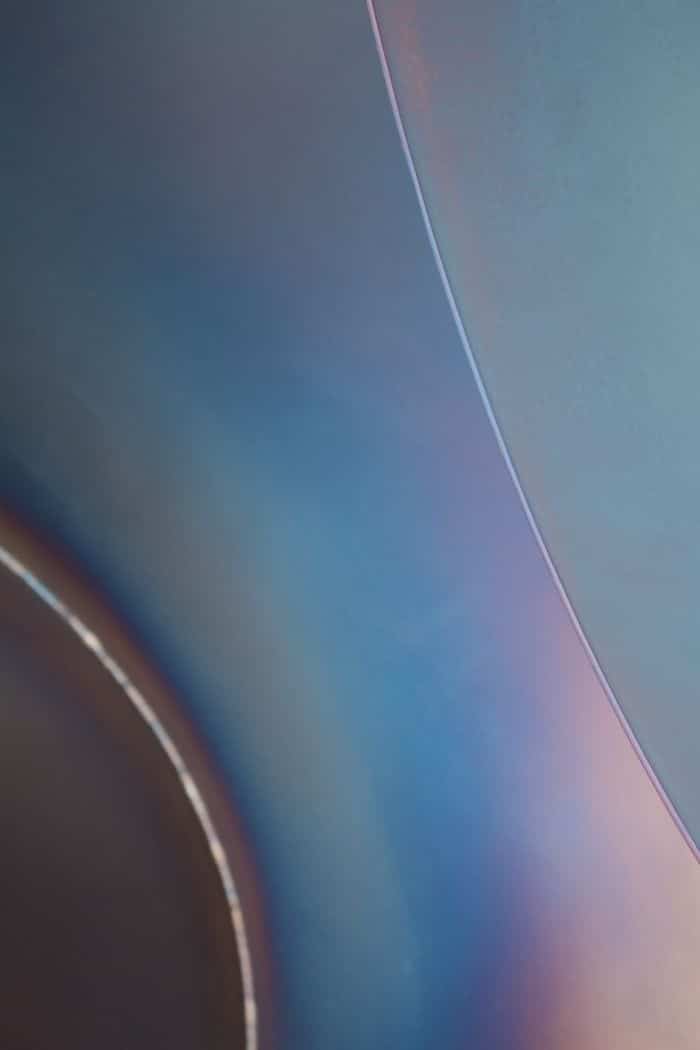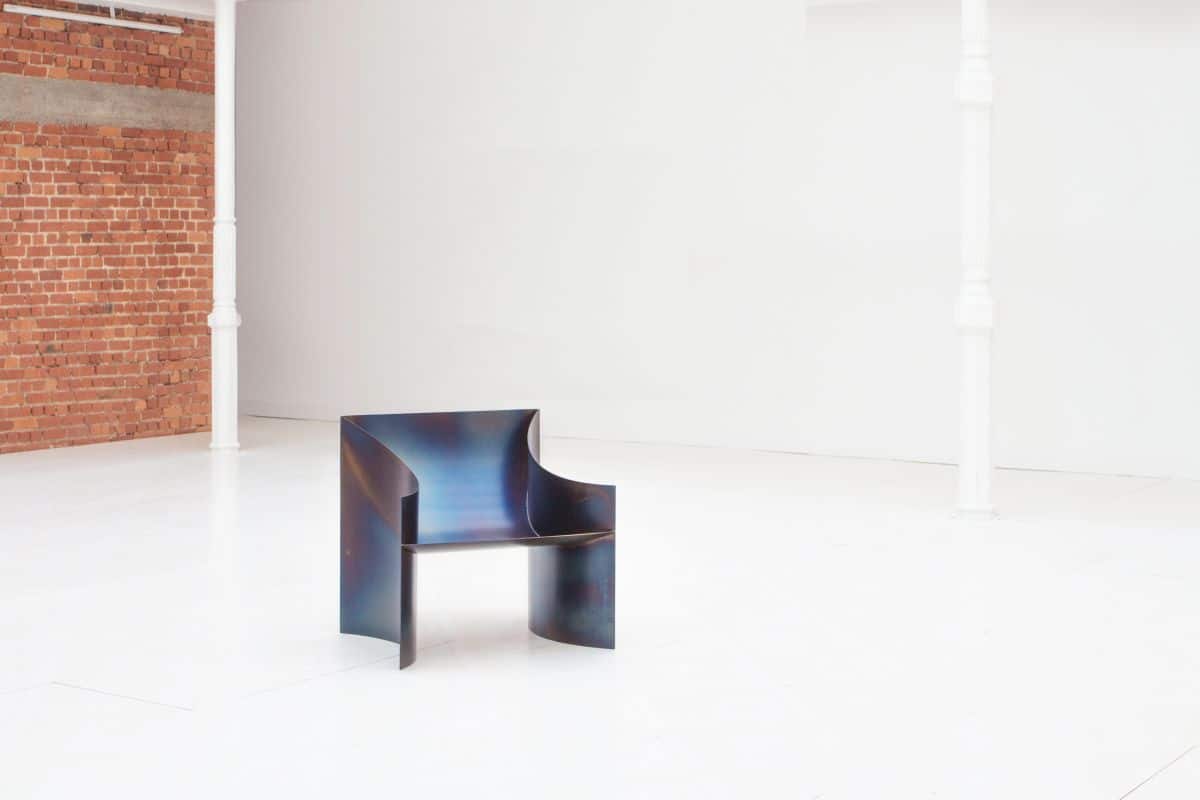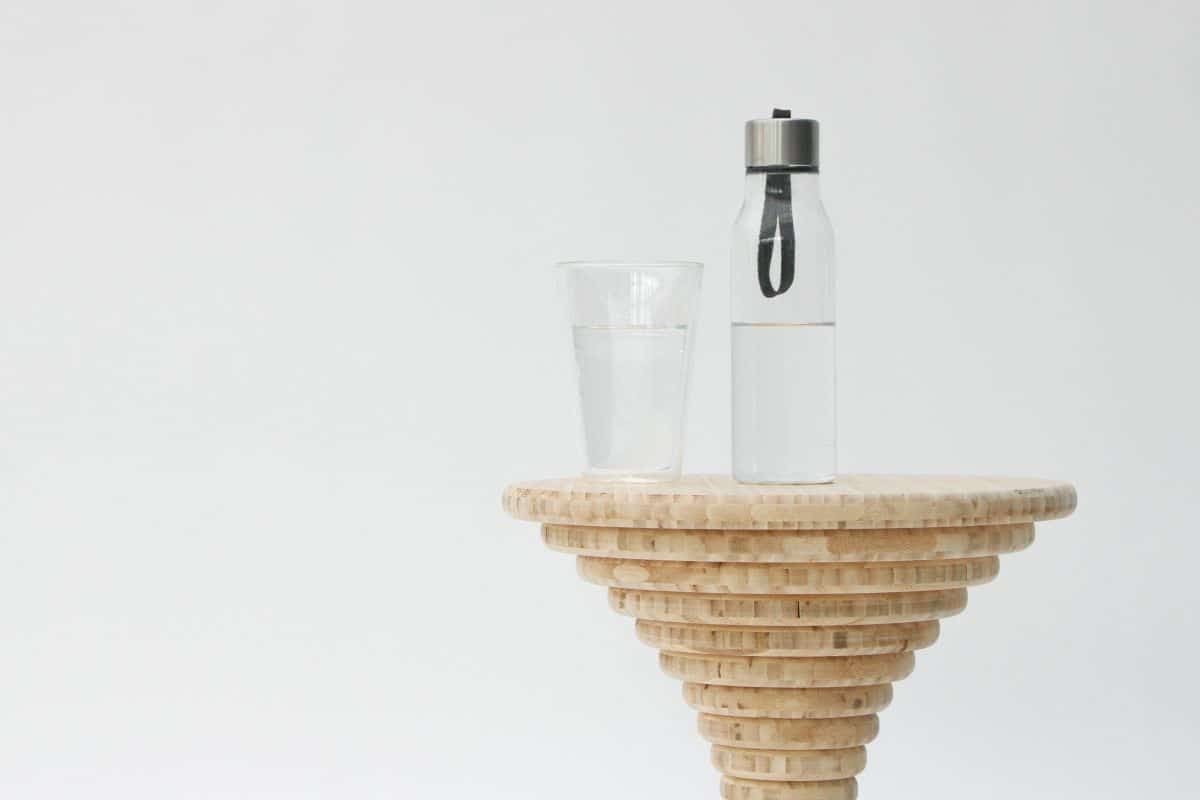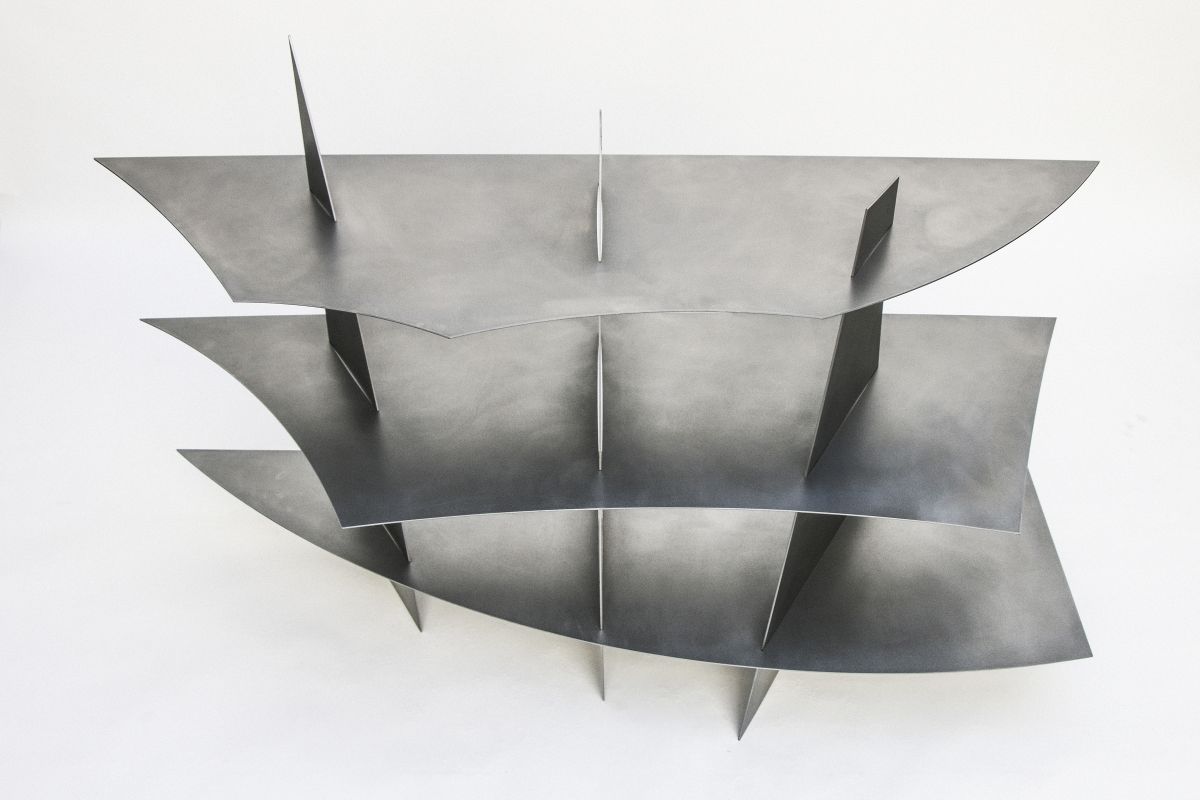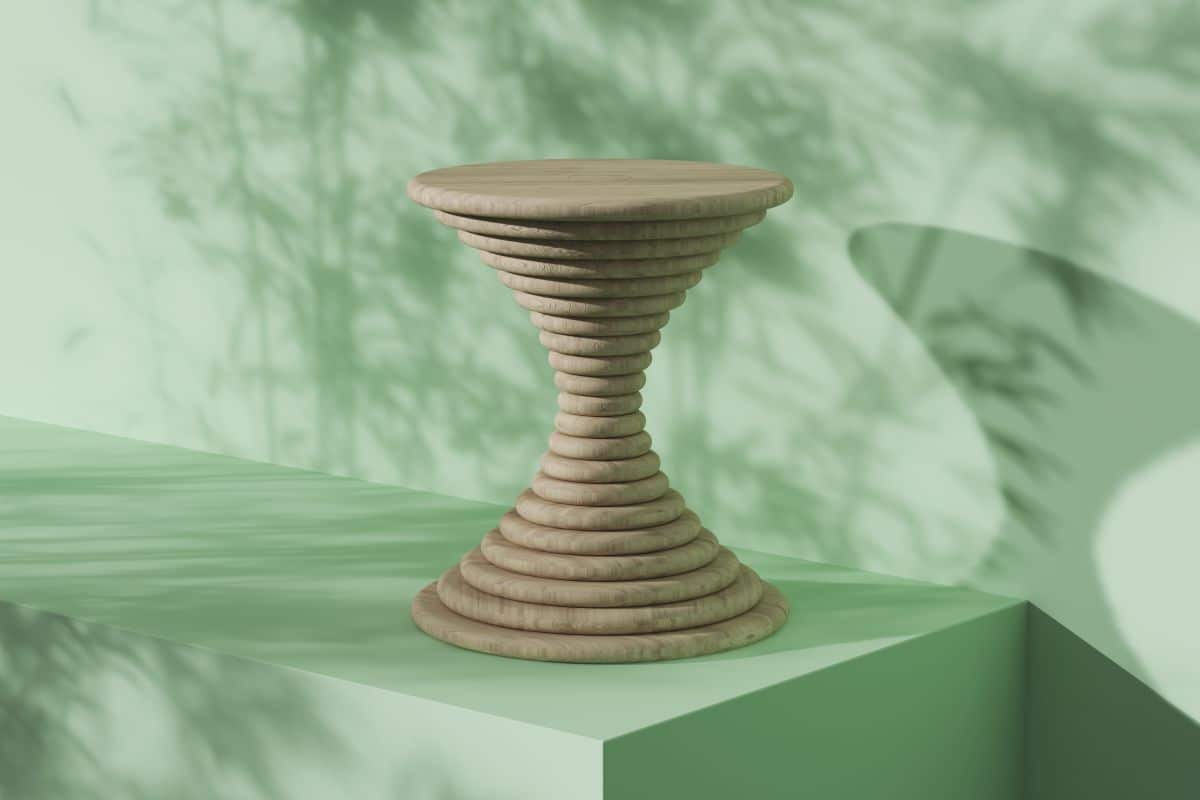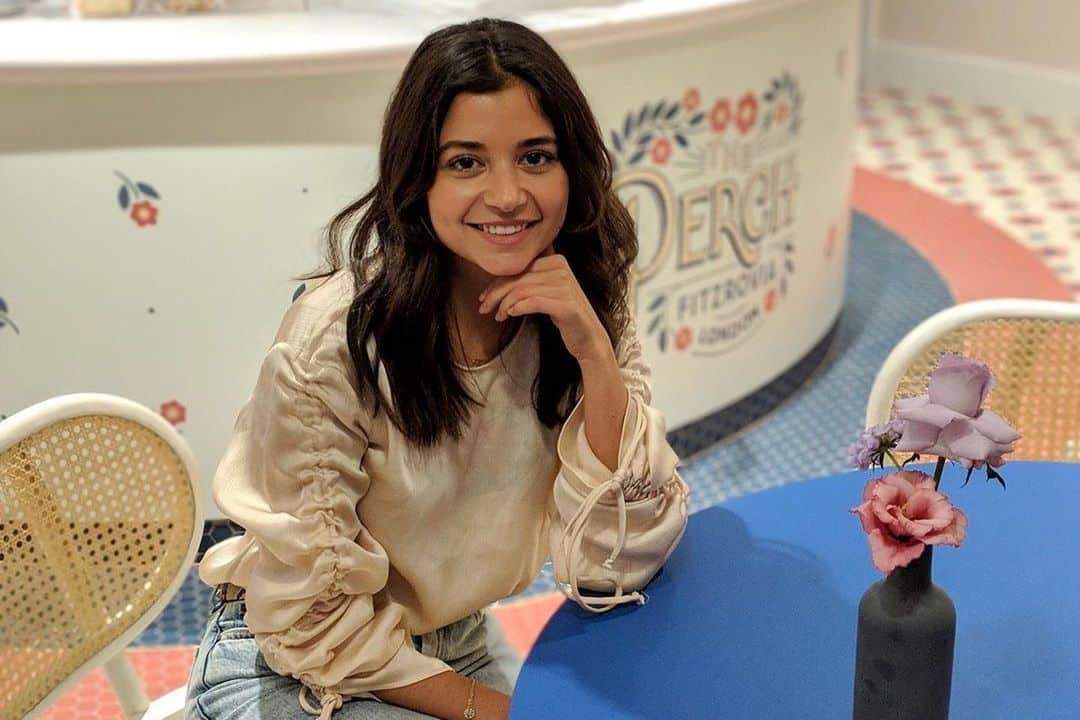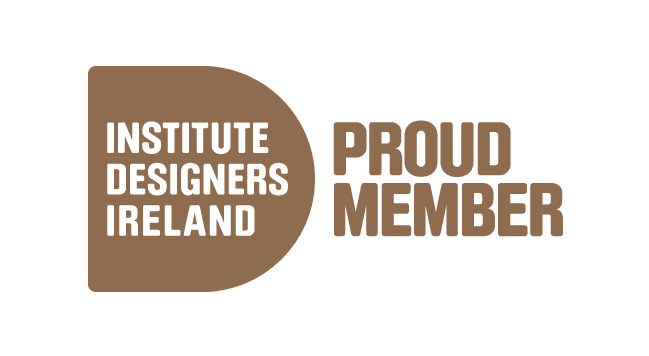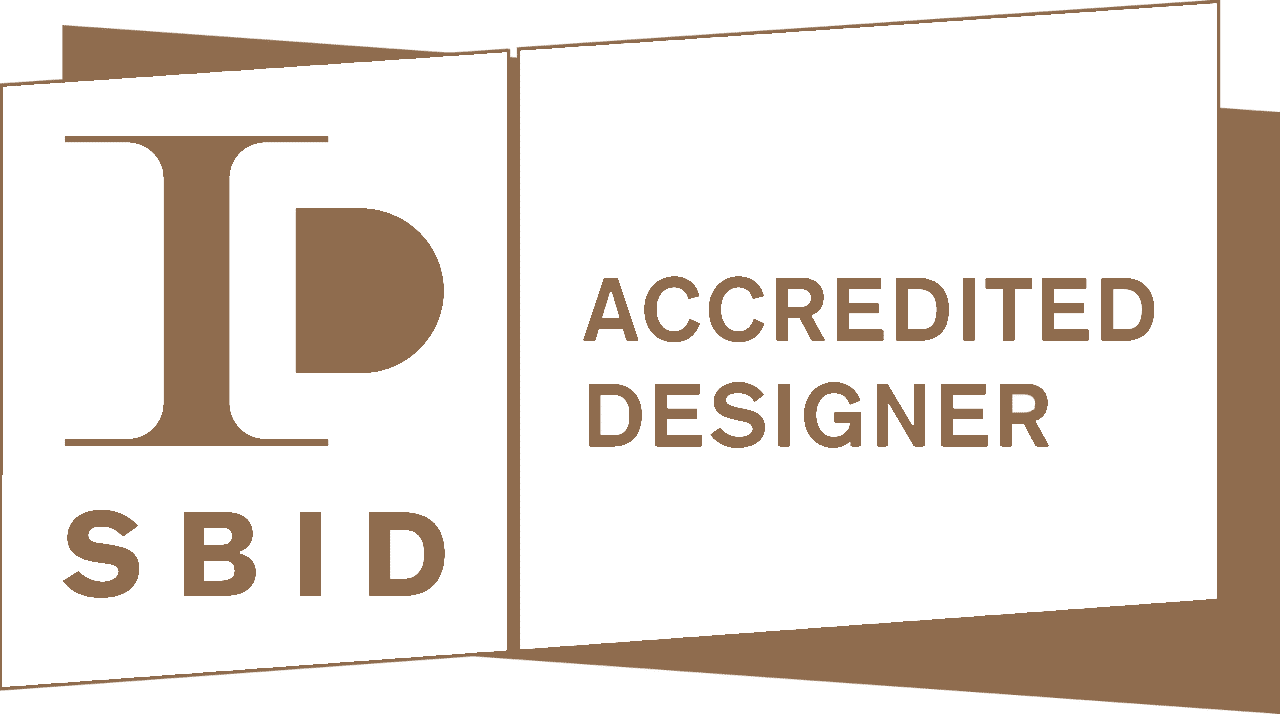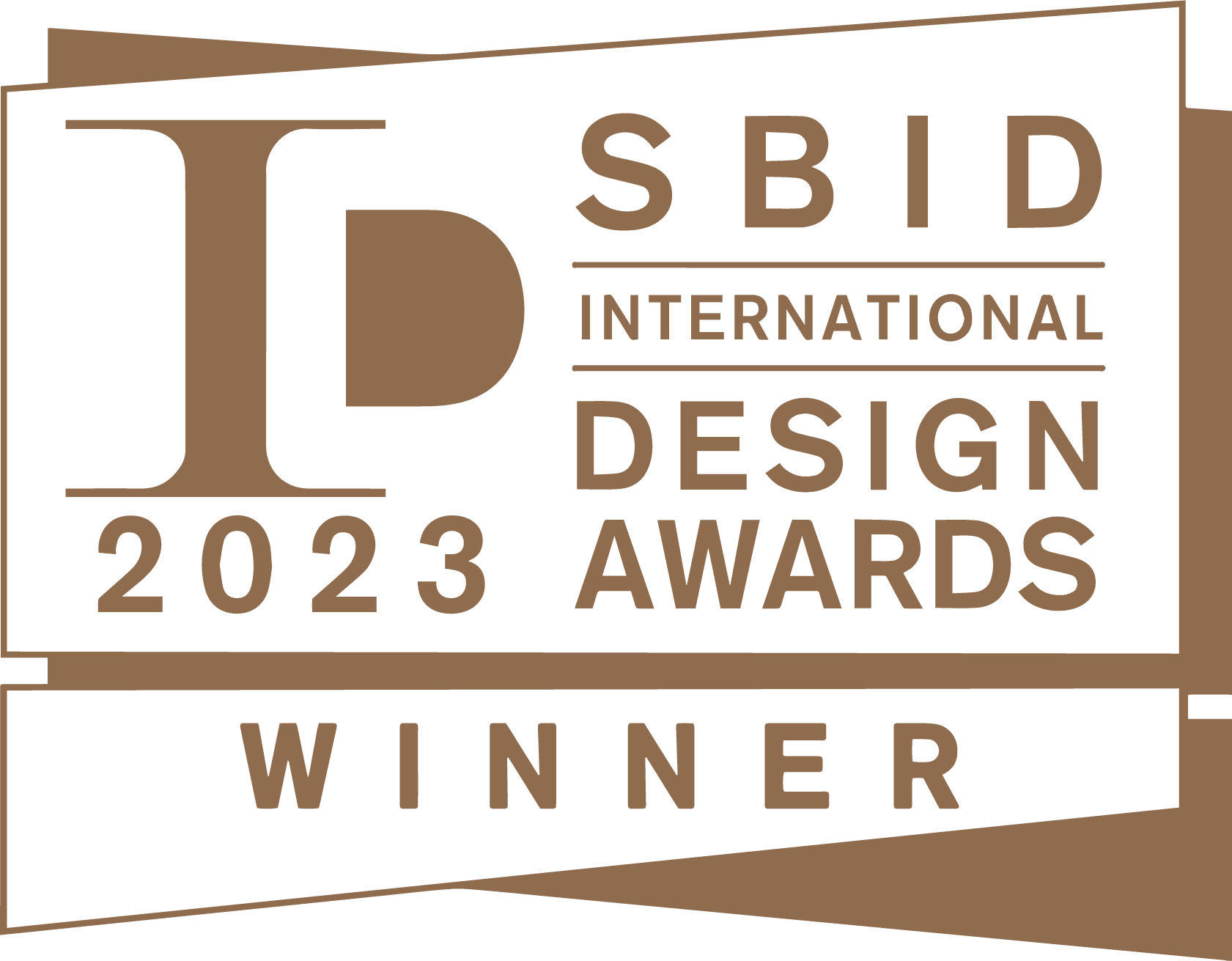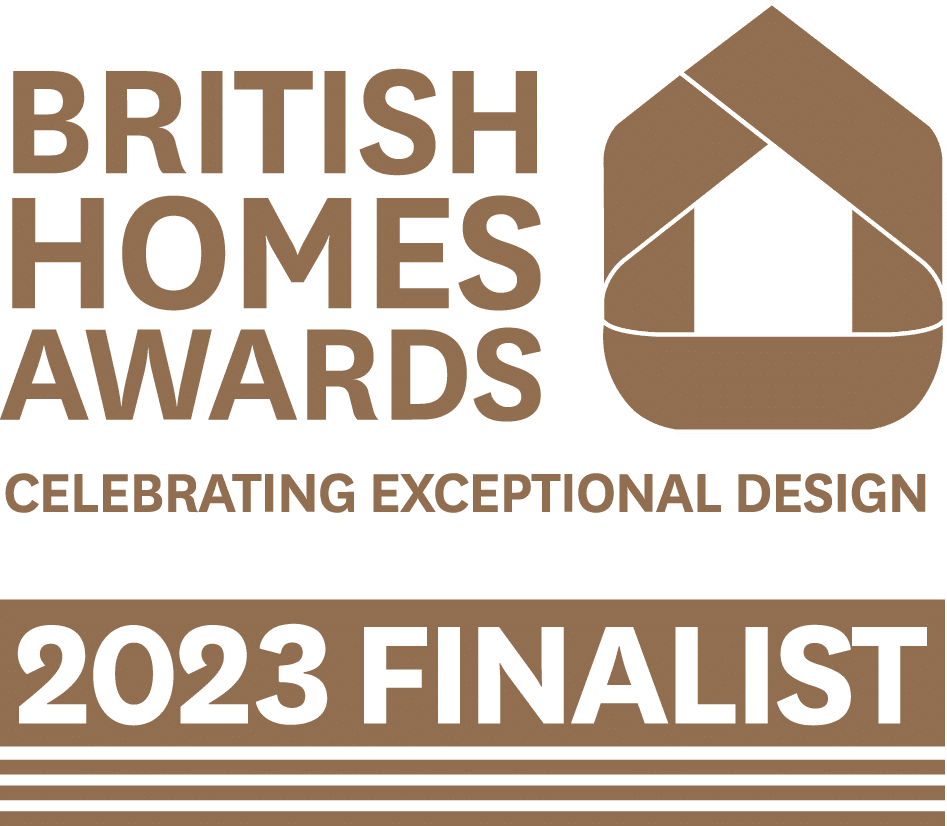How did the creation of Objects With Narratives come about?
Nik Vandewyngaerde is an engineer and architect who worked for the architecture firm Herzog & de Meuron, and Robbe Vandewyngaerde is an architect and designer that worked for OMA. The world of architecture and design are closely linked to each other and so we have always been interested in furniture design. After some years of looking at the world of design, we saw many beautiful pieces but little of them had a true narrative. Yet architects approach design more often through narrative-based ideas. So about two years ago we decided to manufacture objects with narratives as a way to express ourselves. At the same time, we wanted to construct a creative space where we support other narrative-based designers who we really believe in.
What advice would you give to aspiring young designers starting out in their careers?
We ourselves are very young starting designers yet if there is one thing we can give as advice: Collaboration is key. One can learn and achieve much more by working together than alone, especially today where we after decades have the capacity to even work together across continents. At this moment we represent around 12 objects: 3 from ourselves, 3 through collaborations, and 6 from other designers. Even the objects from ourselves are made with local craftsmen to get the results we aim for. Collaboration is thus fundamental for our label and we think as well for all professions in these contemporary times. There are so many talented designers and craftsmen that it would be ignorant of us or other designers to state that we/you alone create objects with compelling narratives. It is self-evident that there are many designers who think this way, so why not embrace and support each other by the means of the collective rather than those of the individual.
Have you ever been to London? If so, where is your first port of call for great design when you’re in the city?
I (Robbe) have visited London several times yet I actually stayed in London for about 2 months, right before Covid-19 hit and during the pandemic. The pandemic of course changed the whole city, yet its true power arose from this emptiness too. Simply walking in the empty streets of the business district or Kings Cross can really be inspiring. I have also always liked to go to the Tate or other museums/theaters such as the Barbican, The Royal National Theatre, or Brunswick Centre that have a powerful show as also a powerful spatial presence.




